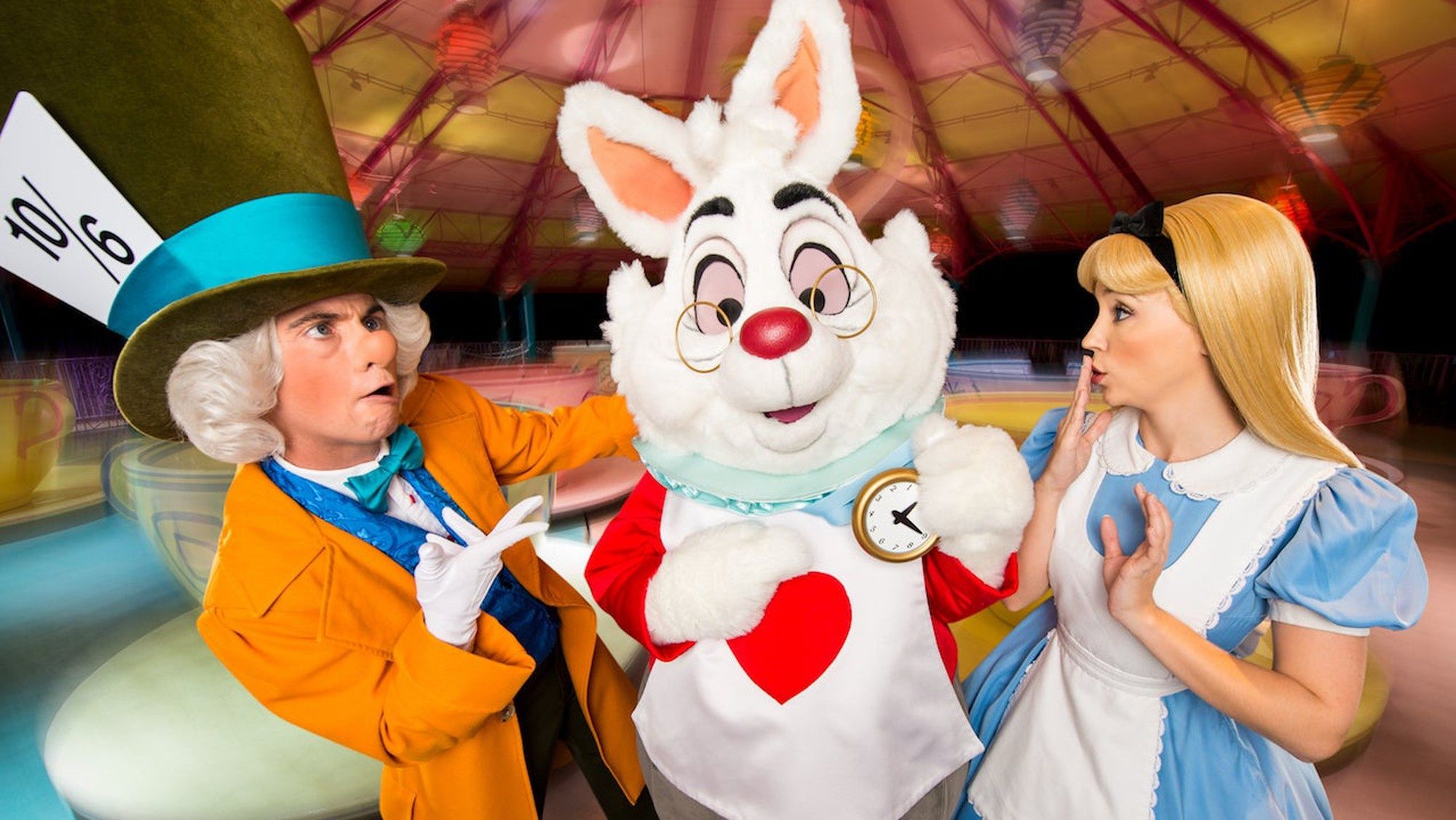We're now nearly two weeks into the phased reopening of Walt Disney's (DIS 0.20%) Florida resort. I recently went over some of the things that Disney World got wrong in unlocking the turnstiles at its four theme parks. Now it's time to point out the things the House of Mouse is getting right.
There's a lot at stake with Disney World's reopening, especially as the original Disneyland resort is still waiting for the green light. Let's go over the things working in Disney World's favor as it gets back to business in an unusual and dangerous time.

Image source: Disney.
1. Safety is paramount
Disney World was the last of the Central Florida theme park resorts to open. Rivals have been greeting guests for more than seven weeks. Good luck finding a story on the spread of COVID-19 at any of the gated attractions.
Folks might feel safer at Disney World than they would at a supermarket, doctor's office, or even picking up some takeout. All of the parks require temperature checks on the way in. Mask requirements, social distancing markers in ride queues, and perpetual sanitation initiatives seem to make a theme park visit the safest experience outside of simply staying home. Disney and its smaller peers have also eliminated any rides or attractions that don't play nice with social distancing norms.
It's natural to feel apprehensive about heading out to a theme park this summer, and social media will tell you that you're crazy or selfish for spending a few hours at Disney World. Florida -- more specifically South Florida, a three-hour drive away from Disney World -- has become an epicenter for COVID-19. It's a scary scene, but reality is a far kinder snapshot. The theme park industry has gone above and beyond safety standards, and Disney's been tightening up its face-covering policies along the way to make guests even safer.
2. Delivering on the magic
Disney nixed a lot of its signature theme park experiences. Nightly fireworks, parades, and many stage shows at which folks huddle closely together are no longer on the entertainment menu. The meet-and-greet experiences at which guests would line up for a chance to take snapshots with Disney princesses and other costumed characters are also on hold during the pandemic.
But Disney has still found a way to provide a version of the experiences it can now deliver only at a distance. At all four theme parks, it has characters strolling, floating, or perched around the grounds to greet guests. The experiences -- from Winnie the Pooh characters rolling on a horse-drawn trolley car at the Magic Kingdom to Pixar characters on themed convertibles driving through Disney's Hollywood Studios -- are even better than the old parades and meet-and-greets that they are temporarily replacing. The parks are relatively empty given the soft demand and Disney's hard cap on guest counts, making these random and spontaneous encounters even more personal.
There's no denying that the experience of donning protective face coverings, respecting the floor markings that keep parties roughly six feet apart in lines, and holding up as ride vehicles get sanitized make this a less-than-ideal, somewhat clinical experience at times. It still works as a total package, though, largely because Disney is finding ways to stay on brand within the mayhem.
3. Theme parks are still serving a greater purpose
The parks might not be as profitable as they used to be. Fewer guests are allowed on any given day, so the amount of food and merchandise being sold is markedly less than even in the slow season in its prepandemic days. Even snacking seems to have taken a hit now that guests are required to mask up while not stationary, meaning they're no longer allowed to walk around while eating and drinking.
Disney will be fine.
The media giant is still making the most of its captive audience. There are still signs promoting upcoming media releases. Stores have fresh supplies of unique merchandise. Even the restaurants that have temporarily scaled back on their menus are not suffering from a lack of hungry patrons. Unlike regional attractions across the country that are smarting financially, Disney is one of the few companies that could've closed down its theme parks for a year or two and remained solvent until a viable vaccine is available or the pandemic is licked. It chose to reopen -- safely -- to give tens of thousands of daily visitors across its parks a sense of normalcy and tens of thousands of employees it has brought back to work a paycheck.
Florida remains a hotbed of COVID-19, but Disney World -- and all of the area theme parks that I have visited this summer -- have been gated sanctuaries. Central Florida's theme parks have offered a needed break from the recklessness that you see at other retail and social establishments across the state. Disney World took nearly four months to reopen to make sure it got things right, and for the most part, it has achieved exactly that in this otherwise lost summer.






